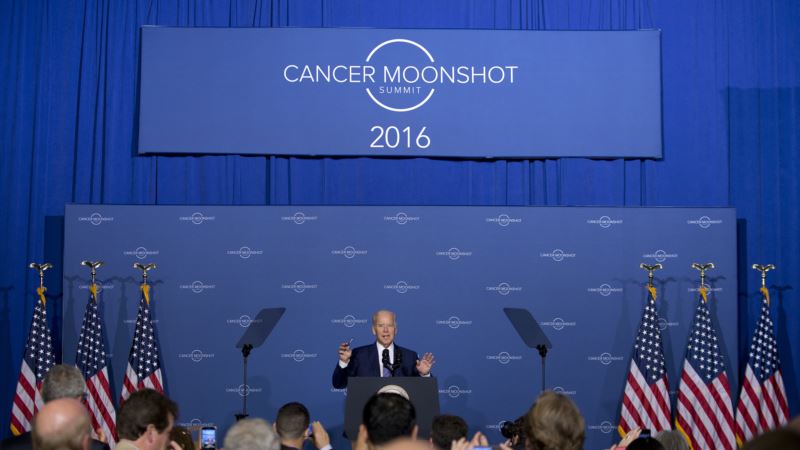Malalai Maiwand was on her way to the Jalalabad offices of Enikass TV, the privately owned TV channel in Afghanistan where she had worked for the past eight years, when gunmen opened fire on her car.
The 30-year-old journalist, who hosted a morning show and was also the Jalalabad representative of the Centre for the Protection of Afghan Women Journalists, had been receiving threats.
Maiwand’s December 10 killing adds to a list of targeted attacks on the country’s media in 2020.
At least five journalists were shot dead or killed in bombings, including Elyas Dayee, a reporter for Radio Azadi, the Afghan branch of Radio Free Europe/Radio Liberty, who was killed in Lashkargah, capital of the southern Helmand province, on November 12.
“We are deeply concerned about the state of safety of journalists in Afghanistan,” Najib Sharifi, senior analyst for Afghanistan Analysis and Awareness, a Kabul-based think tank, told VOA. “It's become extremely, extremely stressful and dangerous and overwhelming.”
Sharifi said the rise in journalist killings has created an “existential threat” against press freedom and freedom of expression in the country.
The violence has made Afghanistan one of the five deadliest countries for journalists in 2020, according to media watchdog Reporters Without Borders (RSF).
'Extremely worrying'
Targeted violence is a trend that has been seen worldwide this year, RSF’s annual report released Tuesday shows.
Fifty journalists were killed this year, bringing the number of journalists killed over the past decade to 937, the Paris-based watchdog found. About 84% of all journalists killed in connection with their work in 2020 were knowingly targeted, compared with 63% in 2019.
“This is extremely worrying, because it's the right to be informed, which is everyone's right, especially in a year like 2020, with the pandemic,” Pauline Ades-Mevel, editor-in-chief at RSF, told VOA. “The right to be informed was targeted, attacked.”
More journalists are being killed in countries considered to be at peace, such as Mexico, India, the Philippines and Honduras, according to the RSF research.
Ades-Mevel said this change can be attributed to a decrease in journalists travelling to cover conflicts in war-torn countries such as Syria and Yemen.
Several countries additionally took advantage of the pandemic to step up control over the media, creating a rise in arrests in 2020. Between March and May, as COVID-19 spread around the world, RSF documented a fourfold increase in the arbitrary arrests of journalists. Fourteen of those are still being held, some in dire conditions.
“The pandemic really showed how important the information was for the public,” Ades-Mevel said. “And those revealing bad management of the pandemic or some data related to COVID-19 were pressured and under attack.”
Attacks against journalists send a strong and frightening message to others in journalism, resulting in a chilling effect on the profession, she said.
“For those investigating, it is very clear that after the threats, after the pressure, then comes the murder,” Ades-Mevel said. “The whole community of journalists is scared of being treated in the same way."
Afghan analyst Sharifi agrees, saying that the killing of journalists “creates a lot of noise,” because it gives militant groups airtime and political space for propaganda, and allows them to undermine the government or silence those who criticize them.
Peace talks
No group has claimed responsibility for the recent attacks on the media, but officials including Interior Minister Massoud Andarabi and Ahmad Zia Siraj, head of the National Department of Security, have blamed the Taliban.
At a senate hearing Tuesday, Andarabi said suspects who are under arrest have confessed that the Taliban have launched “operations to target government employees, journalists, activists and public figures, to try to turn people against the government.”
The Taliban have previously rejected such claims and they deny involvement in at least three of the journalist attacks: Maiwand, Dayee and Rahmatullah Nikzad, an Al Jazeera contributor who was shot in Ghazni on December 21.
Peace talks between the Taliban and the Afghan government were expected to mollify violence against journalists. Sharifi said he hopes the second round of peace negotiations starting January 5 will elicit progress on press freedom.
More meaningful measures are needed to protect journalists and identify perpetrators, Sharifi said, adding that the Afghan government has promised to investigate the recent cases, but time will tell whether justice is served.
The international community, including the U.S., should also pressure terrorist groups to stop the killings of journalists, Sharifi said.
Ades-Mevel said perpetrators can kill journalists, but they cannot kill their message, adding that journalists work together to ensure investigative reporting can continue even if their lives are threatened.
“Reliable information is needed and journalists need to be able to inform in proper conditions,” Ades-Mevel said.
Sharifi said public interest in journalism is also important.
“We believe that the public stands with free speech and with press freedom, and with journalists,” Sharifi said. “We are trying to involve the public and mobilize their support for the cause of journalist safety and press freedom.”
Najibullah Ahmadyar of VOA's Dari Service contributed to this report.





